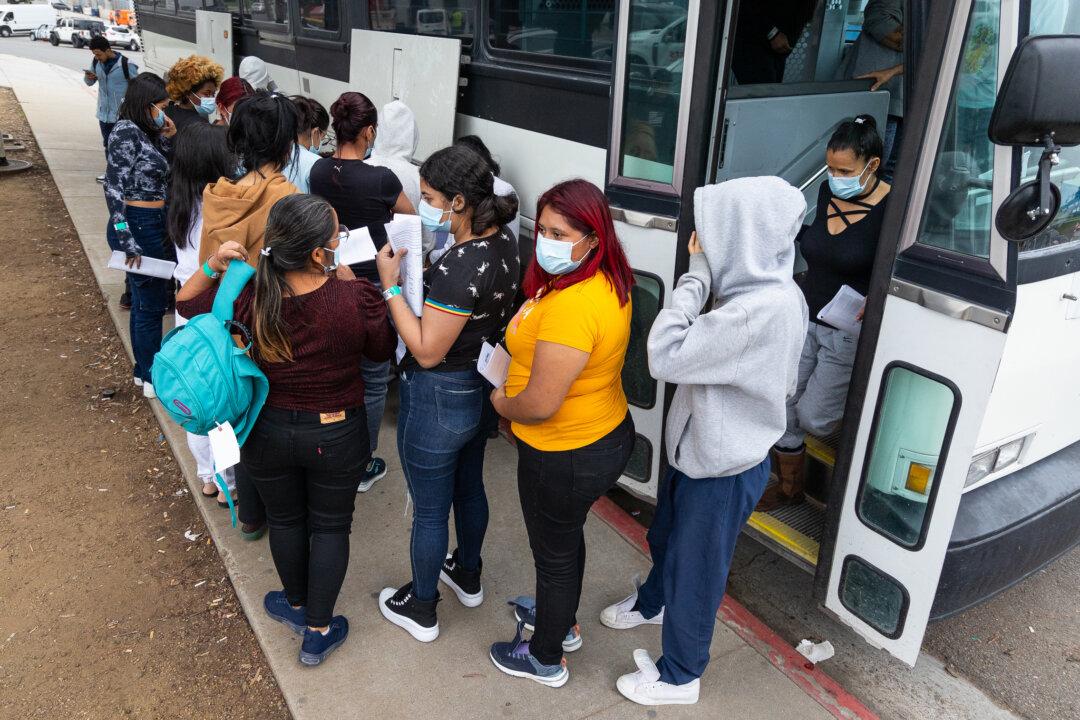The San Diego County Board of Supervisors approved a plan on Feb. 27 for the development of a long-term illegal immigrant transfer site, just days after a nonprofit group—which had leased space at a closed school in San Diego’s City Heights neighborhood to provide services for illegal immigrants—ran out of funding and closed operations.
The board voted 4–1 in favor of securing federal funding for the new site to prevent more illegal immigrants from being released in the county.





